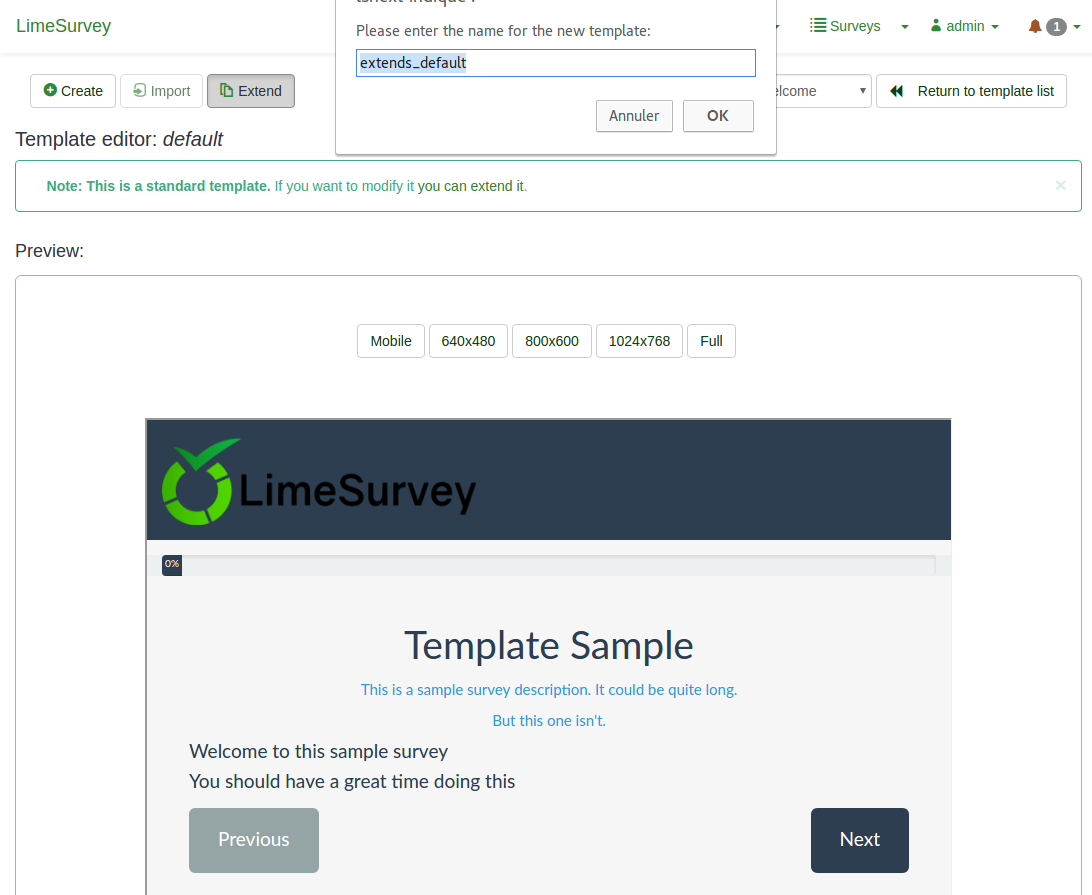
Header and Footer - add or delete the page number, header and footer, edit their font,c color, position, style, page range, and so on.Background - add and edit the background color and image or remove the background.Watermark - add watermark, edit its position, the proportion of pages, color, opacity, etc., or remove the watermark.Link - add, edit, or remove the hyperlink and its appearances, such as color, type, highlight style, line style, and line thickness.Image - rotate, extract, replace, overturn the image, change its position and size.Text - add, edit, and delete text, change the text font, color, align, line space, etc.Click Users to edit Administrator, Non-Administrator, or per-user Local Group Policy Objects. In the Select Group Policy Object dialog box, click Browse.Ĭlick This computer to edit the Local Group Policy Object, or click Another computer to edit the Local Group Policy Object for a different computer. In the Add or Remove Snap-ins dialog box, click Local Group Policy Editor, and then click Add. On the File menu, click Add/Remove Snap-in.

On the Apps screen, type mmc, and then press ENTER. On the Start screen, click the Apps arrow. To open the Local Group Policy Editor as a snap-in On the Apps screen, type gpedit.msc, and then press ENTER. On the Start screen, click the Apps arrow.To open the Local Group Policy Editor from the command line
Lime master editor how to#
The following procedures explain how to open the Local Group Policy Editor from the command line or as an MMC snap-in. The easiest way for developers to extend Local Group Policy Editor for their applications is to write custom Administrative Template files that they can add to Local Group Policy Editor. The Local Group Policy Editor is designed to be extensible.
Lime master editor software#
In addition, developers should be able to quickly and easily add Group Policy support to their software products. This information shows operating system requirements, defines the policy setting, and includes any specific details about the effect of enabling or disabling the policy setting.

For Administrative Templates policy settings, Local Group Policy Editor provides information about each policy setting directly in the web view of the console. To work efficiently, administrators need to have immediate access to information about the function and purpose of individual policy settings. These sections are further divided into the different types of policies that can be set, such as Administrative Templates, Security, and Folder Redirection. User Configuration Holds settings that are applied to users (at sign-in and during periodic background refresh),Ĭomputer Configuration Holds settings that are applied to computers (at startup and during periodic background refresh). Local Group Policy Editor consists of two main sections: These GPOs can then be linked to sites, domains, and organizational units (OU) that contain computer or user objects. The Local Group Policy Editor provides administrators with a hierarchical tree structure for configuring Group Policy settings in GPOs. Local Group Policy Editor is a Microsoft Management Console (MMC) snap-in that is used to configure and modify Group Policy settings within Group Policy Objects (GPOs).Īdministrators need to be able to quickly modify Group Policy settings for multiple users and computers throughout a network environment.


 0 kommentar(er)
0 kommentar(er)
